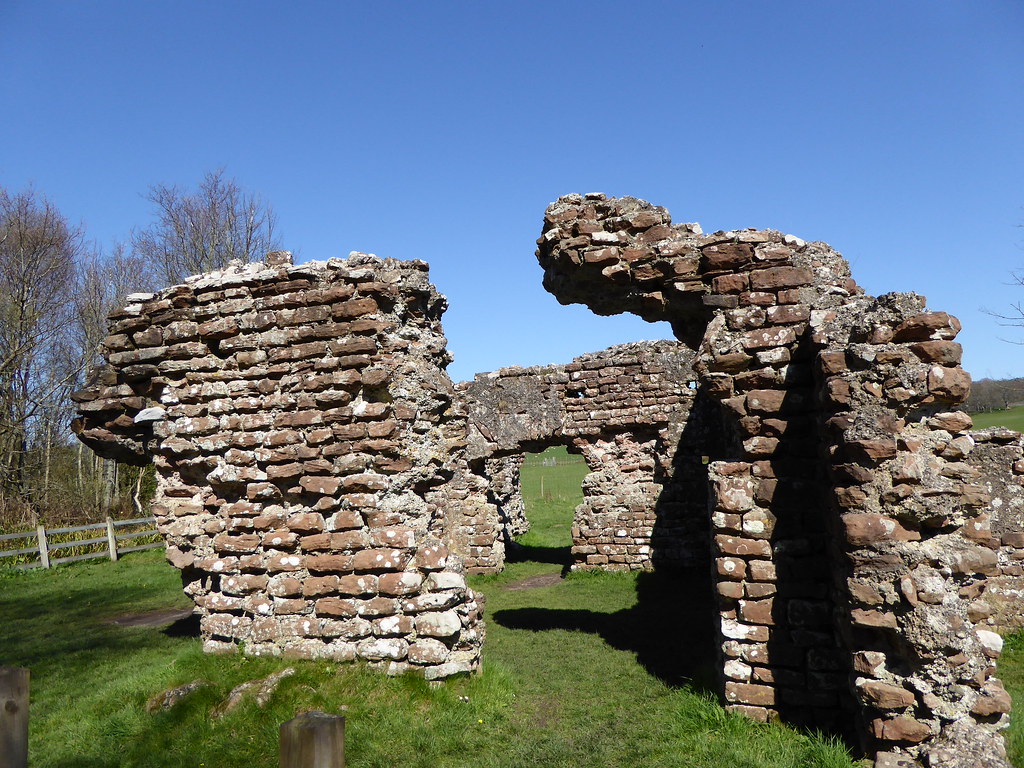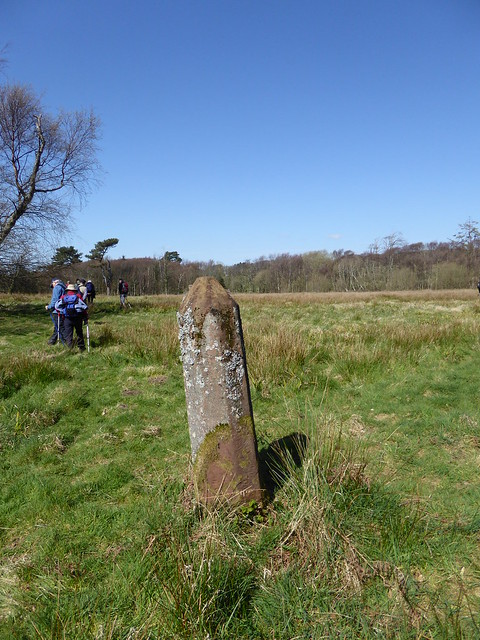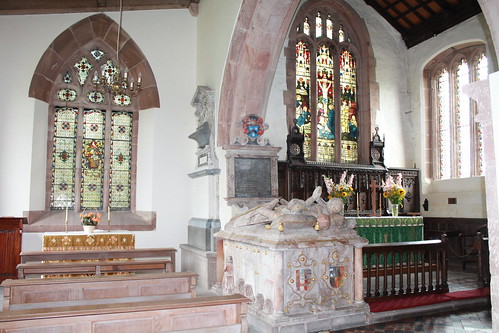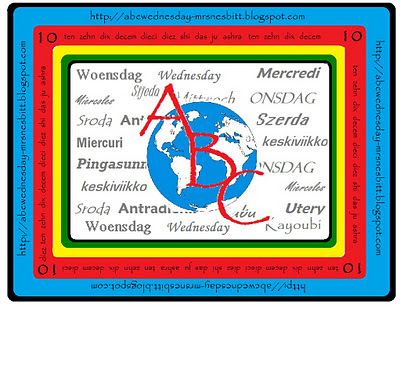For any history lover St Andrew's Church in Quatt has a fascinating interior full of plaques, tombs, coats of arms and memorials but on top of that it is very pretty with its pink and grey marble and sandstone features. The great and the good are memorialised with the local Wolryche family featuring large (the tomb above is of Margaret and and Francis)
 |
| Memorial to George Wolryche, younger brother of the 1st baronet |
|
They even had a reforming politician in their number,
William Wolryche-Whitmore (1787-1858), who campaigned against the Corn Laws and slavery and is buried in the churchyard but
memorialised in some length in the church.
One would never guess from such a plain exterior there was so much crammed inside.
 |
| Lieutenant Thomas Orde Lawder Wilkinson VC |
Outside by the path I came across this Canadian flag and thought it must be someone on a quest for their ancestry but this was not the story.
Lieutenant Wilkinson had emigrated with his family to Canada from Lodge Farm near Quatt. He enrolled with the Canadian army on outbreak of World War 1 but when he was not sent overseas made his own way to England and joined the North Lancashire regiment. The posthumous owner of the Victoria Cross his body was never recovered and is commemorated on the Thiepval Memorial to the Missing on the Somme who have no known graves. This plaque was placed in Quatt churchyard after unsuccessful attempts to trace any relatives by the Shropshire War Memorials Association. (Source:
Wikipedia)
As one walks down the path on the way out opposite St Andrew's church at Quatt is a large house. Originally built as the Dower House in the 18th Century I learnt from the
'Workhouses' site it was, as the result of the Poor Law Amendment Act, turned into a school for pauper children. In 1851 it housed 170 girls and boys, its 4 acres of land provided income, the boys cultivating the land and looking after cows and pigs and the girls working in the house and dairy. A gazetteer of this date extolled the "
habits of industry, knowledge of gardening combined with honest principles and religious knowledge are blessings of incalculable amount" which the inhabitants obtained. At its peak it would educate 220 pupils but was closed by the 1900s probably because by that time there was state funded free schooling for all up to the age of 12. It would later become an independent primary school which went into liquidation in 2010, today I believe it has been turned into seven residential apartments.
What a lot of history within a few steps in a village of a couple of hundred people but the settlement is very old. The curious name derives from the Celtic word for wood - Coed and the Saxon word for farm - Tun. That is Coed-tun - "The village in the wood". By the time of the Domesday Book of 1086 it was listed as Quatone which has through the centuries morphed into the name of Quatt.
An entry to ABC Wednesday, a journey through the alphabet, this week sojourning at the letter Q
here






